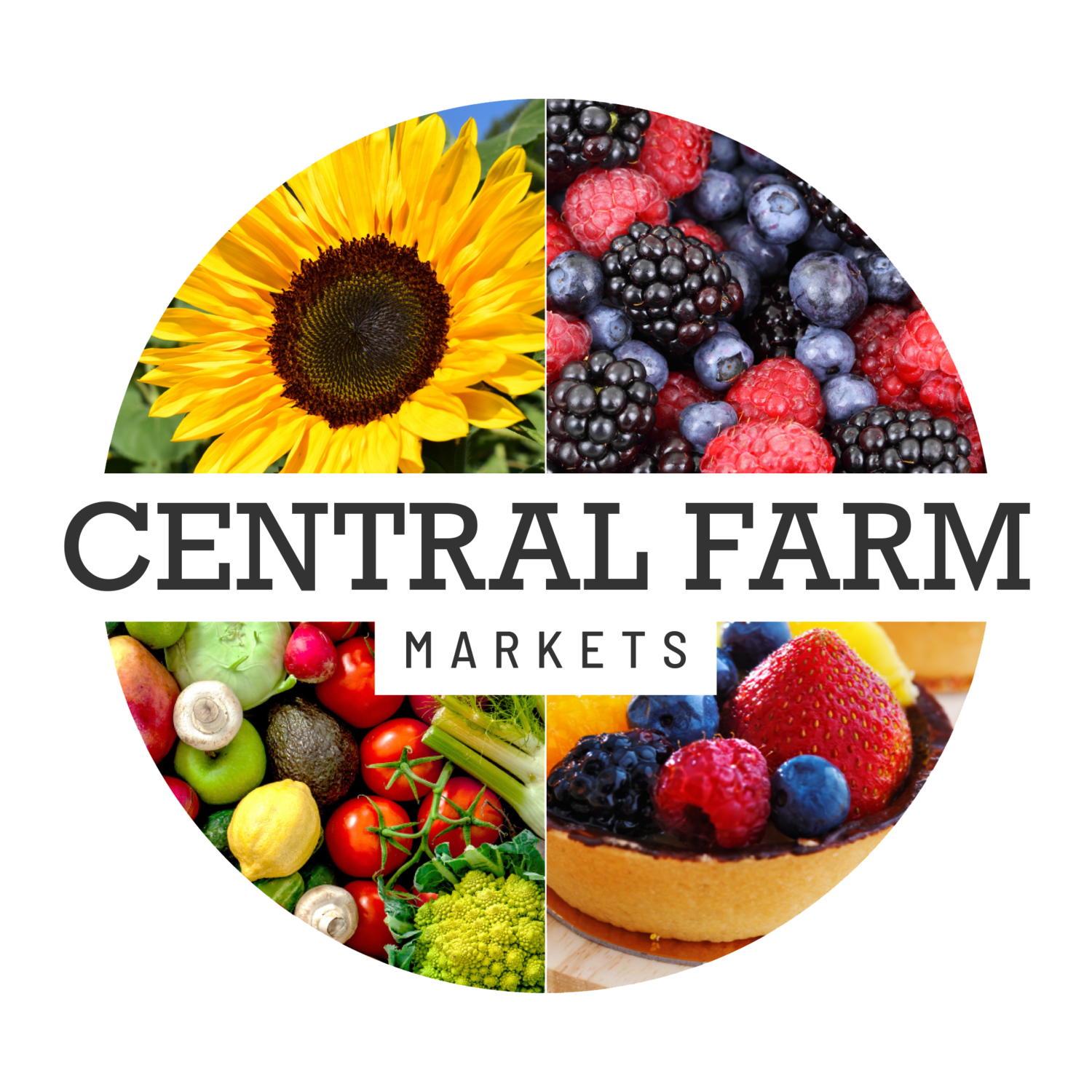You Get What You Pay For

After market at the alternative location last Sunday I took a stroll through the Bethesda Arts Festival to investigate the event that had given me a steady vacation for the last several years when the school’s parking lot was filled with the artists’ vans, campers, and trailers. As much as I love outdoor arts festivals, the idea of driving to Bethesda on a weekend when there was no market to look at artwork that was far beyond a farmer’s budget was ludicrous to me. But this year would be different.
Anyone who frequents these types of festivals know that the key to the best selection is to cruise the artists’ websites and social media prior to the event and to get there early for the best selections. Kind of sounds like shopping at the farmers market, doesn’t it?
When it comes to art, my eye gets caught by textiles, ceramics, blown glass, woodworking, and anything with livestock, although I must admit my favorite artist was the kinetic metal garden sculptures and mobiles that balanced perfectly as they turned, rose, and fell.
“All my work is designed to displayed outside in the elements,” was the first thing the artist said to me as I examined the edged, the welds, the materials. She then went on to explain that some of her pieces made with disks that dangled like platters were designed to catch the snow and completely change the dynamic of the work. I considered one of her pieces, but there were no prices on anything—completely different than the farmers market. Having prices displayed on all products is a requirement for me as a vendor. I took a deep breath, set a mental budget, and ask the cost of the piece I was considering. The artist responded with an amount immediately followed by “That’s firm price.”
At that moment I totally knew what she was going through; the end-of-the-day bargain seekers. She was genuinely surprised when I told her I wouldn’t dare offer less because the quality of her work was clearly evident and explained how farmers go through the same thing week after week. We commiserated on the amount of effort it took to set up such a display. “Some artists can be set up in a hour or two, but I’ve got to get here the day before. There’s a lot of moving parts to unpack and put together,” she told me.
“Fruit and vegetable vendors,” I thought to myself while withholding the fact, as a vendor, I fit into the other category. “I put a lot of work into my art, not just making it, but selling it. I want to be able to keep doing this,” she said before turning her attention to potential customers contemplating a very large piece for their garden. I passed on the fish skeleton mobile for the moment as it was early in my stroll around the tents and at the upper limit of my budget.
For a brief instant I felt bad about walking away, but quickly realized how many times it had been me going through the same motions. Last week there were grumblings among several market vendors about an online review where a customer said the prices were quite high.
At first I might have said the cost of those mobiles was quite high, but I know the hard work that goes into producing local, quality, niche, direct-marketed items. We all know that prices have risen for consumer goods over the last year thanks to clogs and kinks in the supply chain, no matter what you’re producing. Climate crisis is causing shortages of feedstocks. Ask any farmer who has to purchase their feed on the open market how much their costs have risen. They are competing against farmers in the Midwest and South affected by drought and hurricanes. Tractor trailers pull into small regional hay auctions outbidding the locals who have depended on this type of system for decades.
Having worked in the food industry one way or another most of my life, I’m extremely conscious about retail prices versus production costs. Producers who overprice their products don’t last just as much as those who underprice theirs. As much as we want to devote our time to our production, we still plug in the numbers to our spreadsheets to determine what we need to make in order to stay in business.
I look at many of the items at the market and consider what a deal they are compared to the two local grocery stores I hit for a pit stop on the way in and out of town each Sunday. The bathrooms are at the back of the stores so I have to walk past the produce section and meat case to get there. The prices do not escape me and I guarantee the quality and freshness can’t begin to touch what you’ll find from your favorite farmers each week.
Just like those street fair artists, farmers have developed thick skins to such negative reviews. Marketing seminars at sustainable agriculture conferences preach that ten percent of customers walk away due to their perception value versus costs. It’s a fact of life that you can not make 100% of people happy 100% of the time. I smile, say thank you, and focus my attention on the 90% of customers who are satisfied and willing to pay a fair price.
Ultimately I settled on a few prints of—what else—livestock. A farmer can never have too much artwork of sheep and goats. It felt good to support an independent artist who promoted buying joy-filled art--a kindred spirit since I know that happy farmers produce fantastic food.
